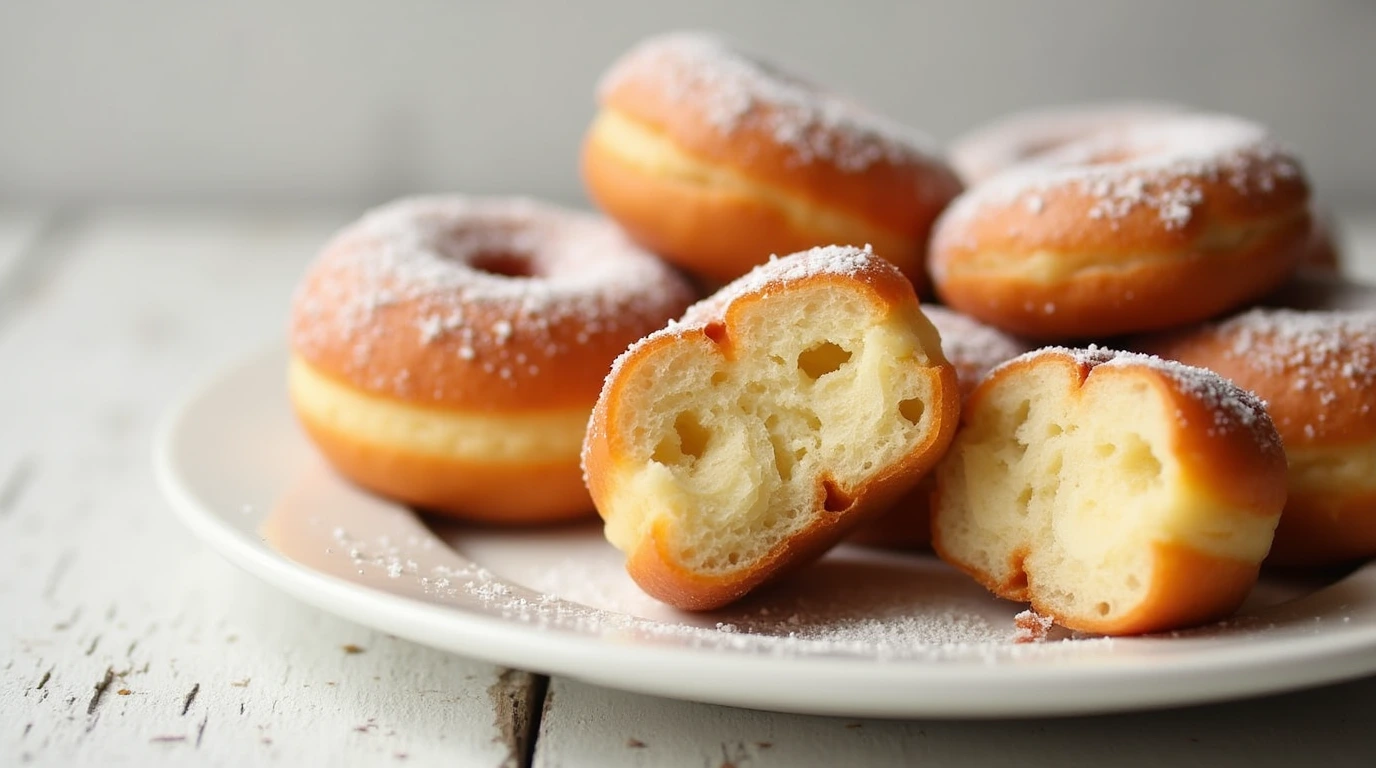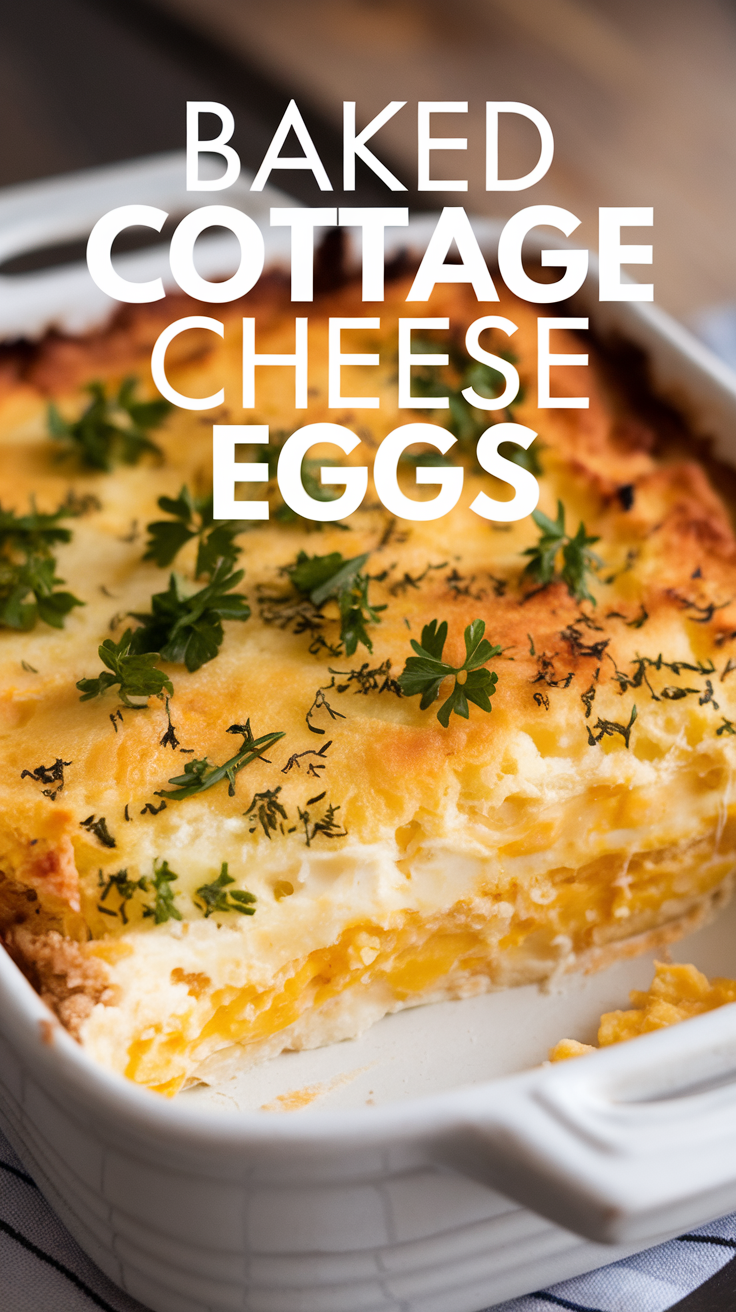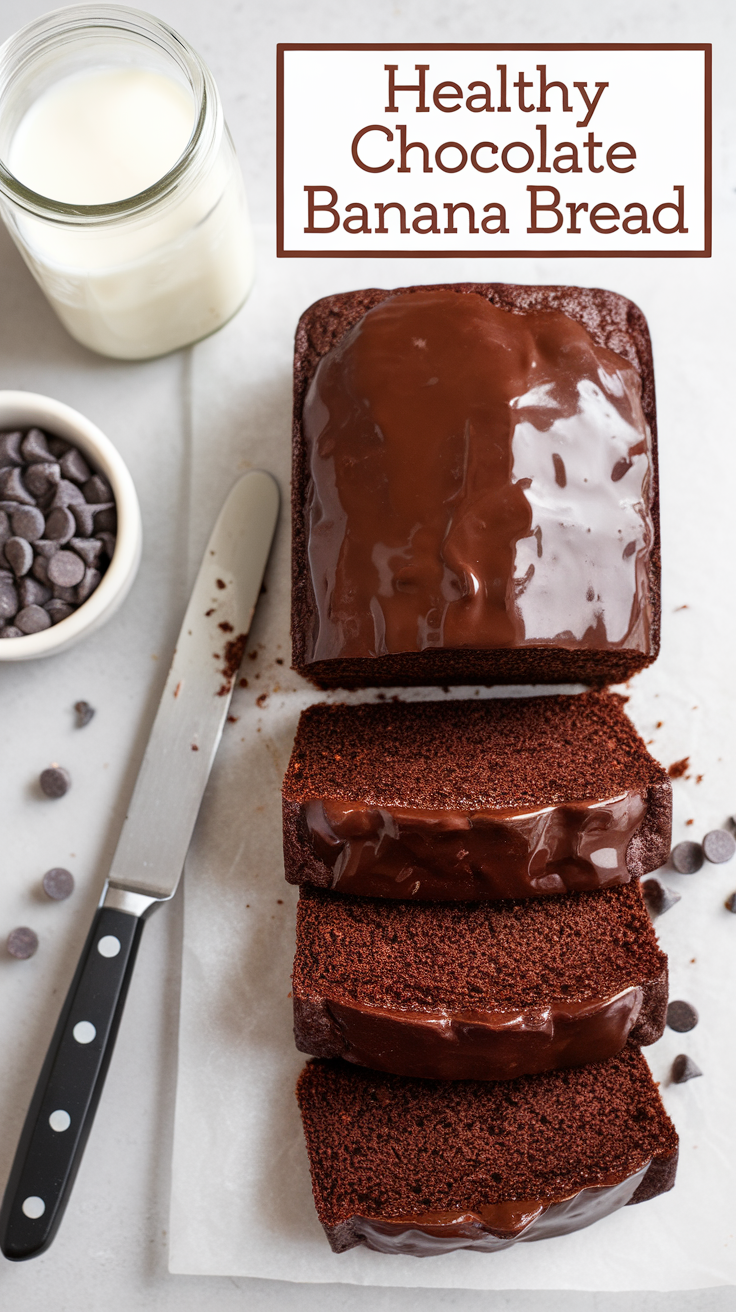If you’re a fan of pastries and have a sweet tooth, you’ve likely heard of the cronut. A delicious combination of a croissant and a doughnut, the Cronut has taken the world by storm since its invention by renowned pastry chef Dominique Ansel in 2013. This hybrid pastry has become an iconic breakfast sweet, and if you’ve ever wondered how to make this delectable treat at home, you’re in the right place. In this article, we’ll walk you through an easy-to-follow Cronut recipe, tips for recipe development, and how you can recreate Homemade Croissants and Homemade Donuts with a delicious twist.
Whether you’re looking for a fun new baking project or simply want to enjoy a warm, flaky pastry at home, this Homemade Cronut recipe is a great place to start.
What Is a Cronut?
Before we dive into the recipe, let’s briefly explore what makes the Cronut so special. A cronut is a cross between a croissant and a doughnut. It has the light, flaky texture of a croissant, paired with the deep-fried goodness of a doughnut. Typically, cronuts are filled with various flavored creams or jams, glazed, and shaped like a doughnut with a hole in the middle.
The first Cronut was introduced by Dominique Ansel at his bakery in New York City. Since then, the pastry has become a sensation, and its popularity spread globally. While you can now find cronuts in bakeries worldwide, making them at home allows you to experiment with different fillings, glazes, and flavors.
Ingredients for Homemade Cronuts
Making Homemade Cronuts requires a combination of ingredients typically used for croissants and doughnuts. The process might seem a little complex, but the results are worth it. Here’s what you’ll need for this recipe:
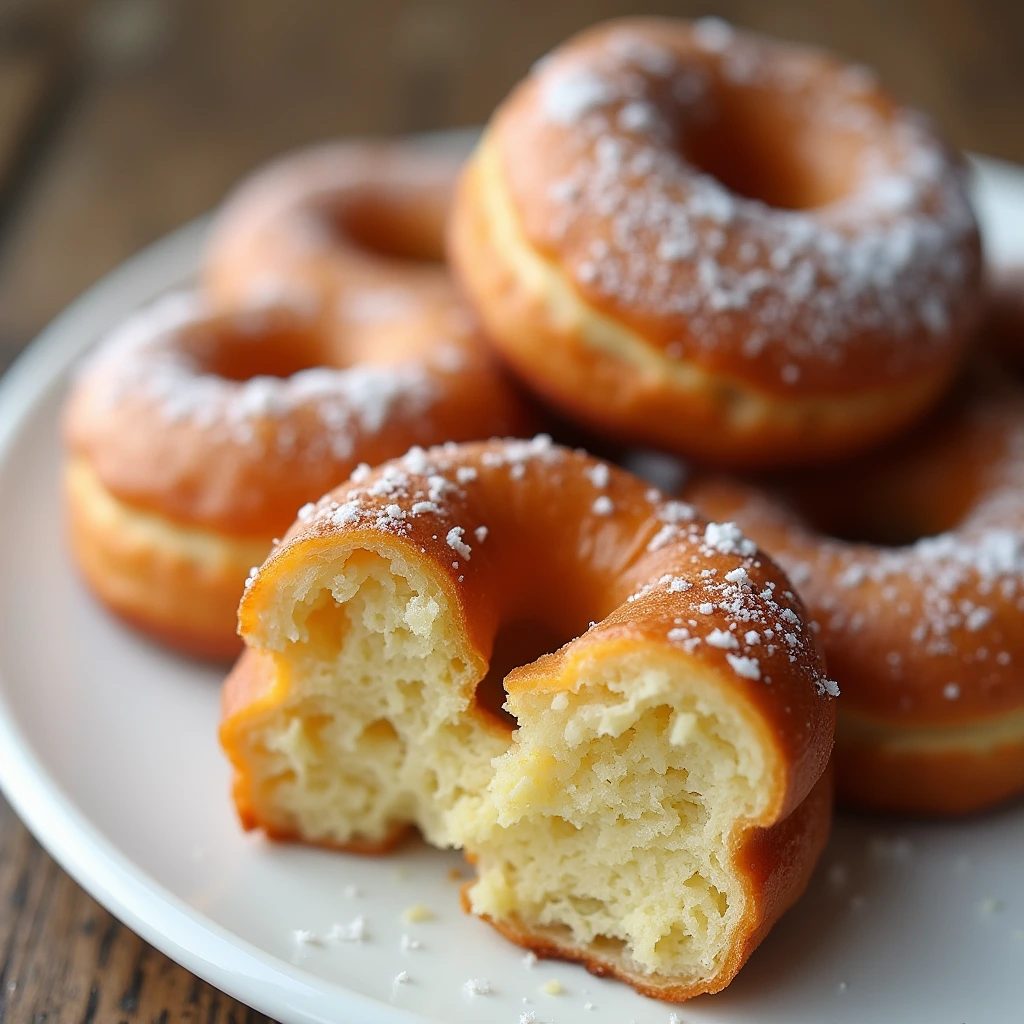
For the Dough:
- 2 ½ cups all-purpose flour
- 1/3 cup granulated sugar
- 2 tsp instant yeast
- 1 tsp salt
- 1 cup cold unsalted butter (cubed)
- ¾ cup whole milk
- 1 large egg (for egg wash)
- ¼ cup warm water
For the Filling (Optional):
- ½ cup pastry cream or whipped cream (you can also use flavored jams or chocolate ganache)
For the Glaze:
- 1 ½ cups powdered sugar
- 2 tbsp milk
- ½ tsp vanilla extract
- Pinch of salt
For Frying:
- Vegetable oil (for frying, enough to submerge the cronuts)
Step-by-Step Instructions for Making Cronuts
Making Homemade Cronuts takes a bit of patience, but the process is quite fun! Follow these steps to create your own delicious Cronut recipe.
1. Prepare the Dough
Start by mixing your dry ingredients: in a large mixing bowl, combine the flour, sugar, instant yeast, and salt. Mix them together using a whisk to ensure that all ingredients are evenly distributed.
Next, pour the warm water into a small bowl and dissolve the yeast in the water. Let it sit for about 5 minutes until it becomes frothy. This step is essential to activate the yeast, which helps the dough rise and gives the cronut its signature texture.
Add the yeast mixture into your dry ingredients and begin to mix it together. Slowly pour in the whole milk and mix until a dough forms. If the dough is too sticky, you can add a little more flour, but be careful not to add too much, as you want the dough to remain soft and pliable.
Once the dough comes together, knead it for about 5 minutes on a lightly floured surface until it’s smooth. Once it’s ready, shape the dough into a ball and place it in a lightly greased bowl. Cover it with a clean kitchen towel and let it rest in a warm place for about 1 hour or until it doubles in size.

2. Roll and Laminate the Dough
Once the dough has risen, it’s time to incorporate the butter. This process, known as lamination, is what gives the Homemade Croissants and Cronuts their flaky layers.
Take the cold butter and place it between two sheets of parchment paper. Use a rolling pin to pound the butter into a flat square, about 6 inches by 6 inches in size. The butter should be firm but malleable.
Roll out your dough into a rectangle that’s roughly 12 inches by 8 inches. Place the butter square in the center of the dough and fold the edges of the dough over the butter, sealing it in. This is your first fold.
Roll the dough out again into a long rectangle, and then fold it into thirds, like a letter. This is your second fold. Turn the dough 90 degrees and roll it out once more. Fold it into thirds again to complete your third fold.
Wrap the dough in plastic wrap and refrigerate it for at least 1 hour. This allows the butter to chill and the dough to relax, ensuring you get those perfect flaky layers.
3. Shape the Cronuts
Once the dough has chilled, remove it from the refrigerator. Roll the dough out to about ½ inch thickness. Using a doughnut cutter or two round cookie cutters (one larger and one smaller for the center), cut out doughnut shapes.
Place the shaped doughnuts onto a baking sheet lined with parchment paper. Cover them with a towel and let them rise for another 30 minutes. This final rise will give the cronuts their fluffy interior.
4. Fry the Cronuts
While the dough is rising, heat the vegetable oil in a deep fryer or large pot to about 350°F (175°C). You’ll need enough oil to submerge the cronuts completely.
Carefully lower each cronut into the hot oil, making sure not to overcrowd the pot. Fry them for about 2-3 minutes on each side, or until they turn golden brown and crispy. Use a slotted spoon to remove the cronuts from the oil and place them on a paper towel-lined plate to drain excess oil.
5. Glaze the Cronuts
While the cronuts are cooling, prepare the glaze by whisking together the powdered sugar, milk, vanilla extract, and a pinch of salt in a small bowl until smooth.
Dip each cronut into the glaze, ensuring that the entire surface is coated. Allow any excess glaze to drip off before transferring the cronuts to a serving platter.
6. Fill the Cronuts (Optional)
Once the cronuts are glazed, you can fill them with your choice of filling. Use a piping bag to inject a small amount of pastry cream, whipped cream, or your favorite flavored jam into the center of each cronut. If you prefer a simple version, you can skip this step and enjoy the cronuts as is.
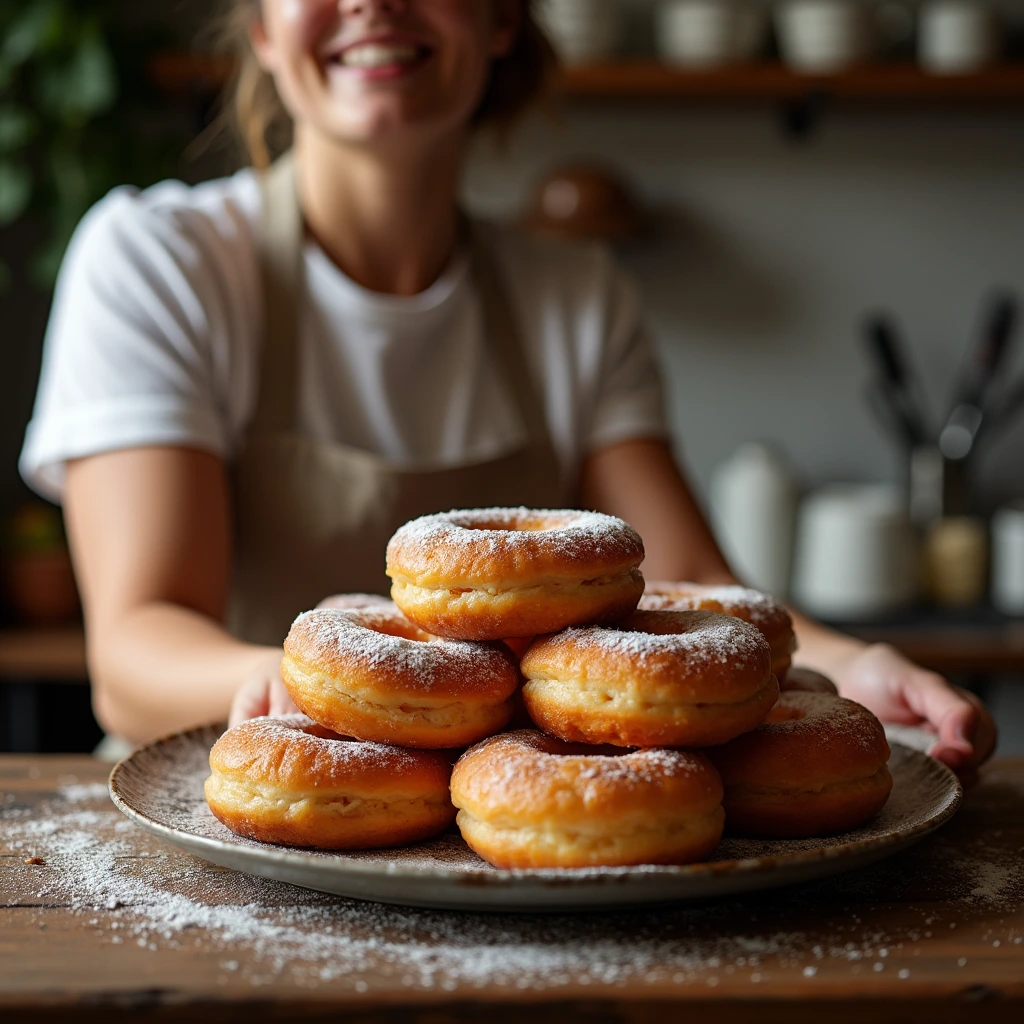
Tips for Recipe Development
Developing a successful Cronut recipe at home requires a bit of patience, practice, and experimentation. Here are some helpful tips to ensure your Homemade Donuts turn out perfectly:
- Use Cold Butter: The key to a flaky, layered texture is using cold butter during the lamination process. This prevents the butter from melting into the dough and helps form the layers as the dough bakes or fries.
- Don’t Skip the Resting Times: Allowing the dough to rest and chill is essential for achieving the desired texture. The resting times give the gluten a chance to relax, which makes the dough easier to work with and results in a lighter, flakier cronut.
- Experiment with Flavors: While the traditional cronut is filled with vanilla cream, don’t be afraid to get creative with your fillings and glazes. Try chocolate ganache, fruit preserves, or even a spiced cinnamon cream for a unique twist on the classic.
- Use High-Quality Ingredients: Since the cronuts rely on the layers of dough and butter, it’s important to use high-quality butter and flour. This will not only improve the texture but also enhance the overall flavor of the pastry.
Why Homemade Cronuts Are Worth the Effort
Making Homemade Cronuts from scratch is a fun and rewarding experience. Though the process may take a bit of time, the result is a batch of fresh, flaky cronuts that are much better than any store-bought version. You’ll enjoy the satisfaction of creating a high-quality pastry from scratch, and the final product will surely impress your friends and family.
Plus, homemade cronuts give you full control over the ingredients and flavors, so you can make them exactly the way you like. Whether you prefer a traditional vanilla filling or a more adventurous twist, this Homemade Donuts recipe can be customized to suit your tastes.
Conclusion
There’s something undeniably special about enjoying a warm, freshly made Cronut with a cup of coffee in the morning. This Cronut recipe allows you to recreate this delicious pastry at home, using simple ingredients and techniques that will make you feel like a professional pastry chef.
By following the steps outlined in this article, you can bring the magic of Dominique Ansel’s Cronut into your own kitchen. Whether you’re looking to impress guests, treat yourself to a sweet breakfast, or explore new recipe development techniques, these Homemade Donuts will surely become a favorite in your baking repertoire.
